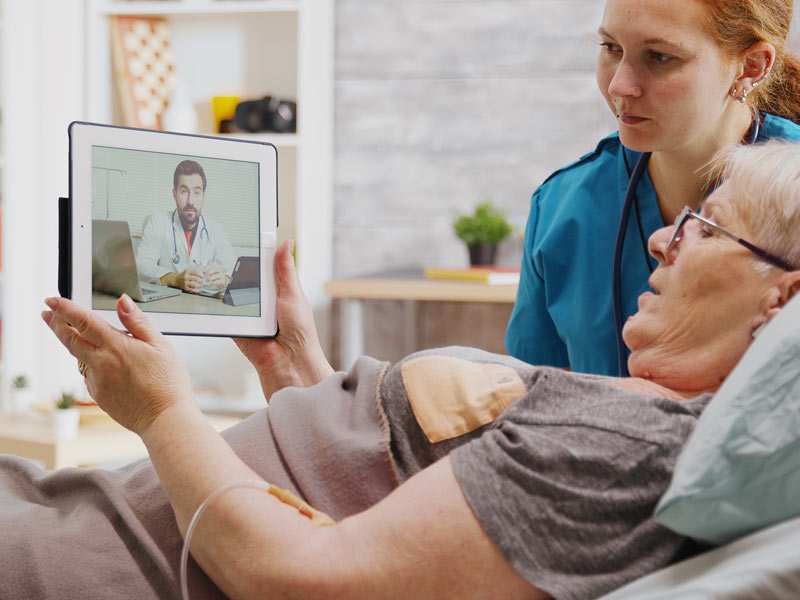-

Accelerating Scan4Safety Agenda through Inventory Management Optimisation
-

Overcoming the barriers to developing future-ready community diagnostic services
-

Enabling ICB Elective Recovery Through Workforce Modelling
-

ICS Collaborative Operating Model and Commercial Efficiency
-

Supporting Sustainability and Social Value in Estates and Facilities
-

How can systems integrate their estates and facilities services?
-

What now for NHS infrastructure
-

Financial Improvement: Targeting at ICB level through Population Health Management
-

NHS Workforce Plan: Translating national targets at a local level through productivity and retention
-

Financial Improvement Plans: Schemes to Target Outcomes
-

Financial Improvement Plans: From Quick Wins to Strategic Programmes
-

The status of virtual wards across England
-

Non-Patient Transport Service Review & Optimisation
-

Delivering improvements to discharge practices
-

Virtual Wards: First-of-kind Case Study on Heart Failure
-

Discharge to Assess: Where the rubber hits the road
-

I’m a patient get me out of here
-

Discharge to Assess: What You Need to Know
-

Creating more effective Estates and Facilities strategies
-

Implementation of a Trust-wide Patient Safety Programme
-

Redesigning a one-of-a-kind NHS shared service facility
-

Facilities Management Cost Reduction
-

Diagnostics Laboratory Cost Reduction Programme
-

Optimisation of Diagnostic Specimen Collection Network
